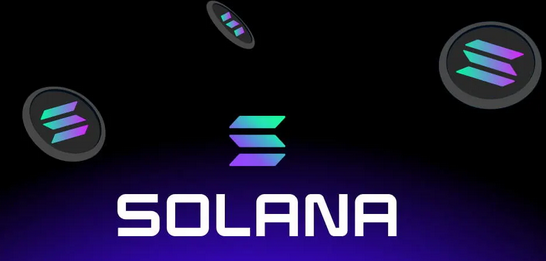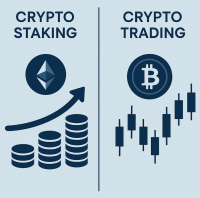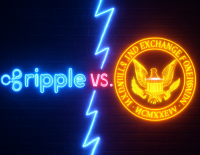Since its launch, Solana has positioned itself as a strong competitor to Ethereum and other smart contract platforms by focusing on scalability without compromising decentralization and security.
Origins of Solana
Solana was founded in 2017 by Anatoly Yakovenko, a former Qualcomm engineer. Drawing on his background in distributed systems and compression algorithms, Yakovenko proposed a novel solution to blockchain scalability - Proof of History (PoH) - a cryptographic clock that enables nodes to agree on the time order of events without extensive communication. This innovation, combined with other consensus improvements such as Tower BFT and Turbine, allowed Solana to achieve exceptionally fast transaction speeds and low latency.
Solana Labs, the development company behind the protocol, launched the mainnet beta in March 2020, with the SOL token introduced as the native currency of the network. Since then, the project has attracted significant interest from developers, investors, and institutions alike.
Usage and Ecosystem
Solana’s main strength lies in its high performance. The network claims to support over 65,000 transactions per second (TPS) with sub-second finality and minimal fees - typically less than a cent per transaction. This has made it a popular choice for a wide range of blockchain-based applications including:
- DeFi (Decentralized Finance): Platforms like Jupiter, Meteora, and Marinade Finance have gained traction on Solana, offering trading, lending, and staking services.
- NFTs and Gaming: Solana became a hub for NFT projects, especially during the 2021–2022 NFT boom. Collections such as Degenerate Ape Academy and marketplaces like Magic Eden emerged from the Solana ecosystem.
- Web3 and dApps: Projects like Helium (a decentralized wireless network) have migrated to Solana due to its scalability, while others like Render Network and Audius leverage the chain for creative and computational use cases.
- Payments: With its speed and cost-efficiency, Solana is increasingly being explored for peer-to-peer payments and microtransactions.
Its developer-friendly architecture, active community, and frequent hackathons have helped Solana build one of the most vibrant ecosystems in the crypto space.
Price Milestones
Since its launch, the SOL token has experienced a volatile yet impressive price journey:
- March 2020: SOL launched at a price of around $0.22 during its initial coin offering (ICO).
- August 2021: It surpassed the $40 mark as the broader bull market began to accelerate.
- November 2021: SOL reached its all-time high of approximately $260, driven by DeFi and NFT growth on the network.
- 2022–2023: Like much of the crypto market, Solana suffered during the bear market and the FTX collapse (given its close ties to the exchange), dropping below $10 at one point.
- 2024: The network recovered strongly with the broader market, crossing $150 and re-establishing itself as a top-10 cryptocurrency by market cap.
- Mid-2025: As of August 2025, SOL is trading around $175, buoyed by renewed interest in Layer-1 chains and increased adoption in emerging markets and real-world applications.
Price Prediction for End of 2025
Looking ahead, the outlook for Solana is cautiously optimistic. Several factors support a potential rise in price:
- Institutional Adoption: Companies and funds have started integrating Solana for both its infrastructure and as an investment asset.
- dApp Growth: Continued expansion in DeFi, NFTs, and gaming may significantly increase network usage.
- Scalability: Solana’s technical edge in performance makes it a prime candidate for mainstream applications requiring high throughput.
- Ecosystem Funding: Grants and VC interest remain high, fueling development.
However, risks remain, such as competition from Ethereum L2s, network outages (a past concern), and overall market sentiment.
Assuming continued growth and a favorable macroeconomic environment, a conservative prediction for SOL by the end of 2025 would place it in the range of $220 to $300. If a strong bull market materializes with widespread blockchain adoption, some analysts suggest it could even test its previous all-time high of $260, or surpass it.
Conclusion
Solana has proven itself to be more than just a speculative asset - it’s a powerful blockchain platform with real-world utility. Its unique technological approach and fast-growing ecosystem position it well for long-term success. While price predictions are inherently uncertain, Solana’s fundamentals suggest that it remains a compelling asset to watch as we move into 2026 and beyond.








